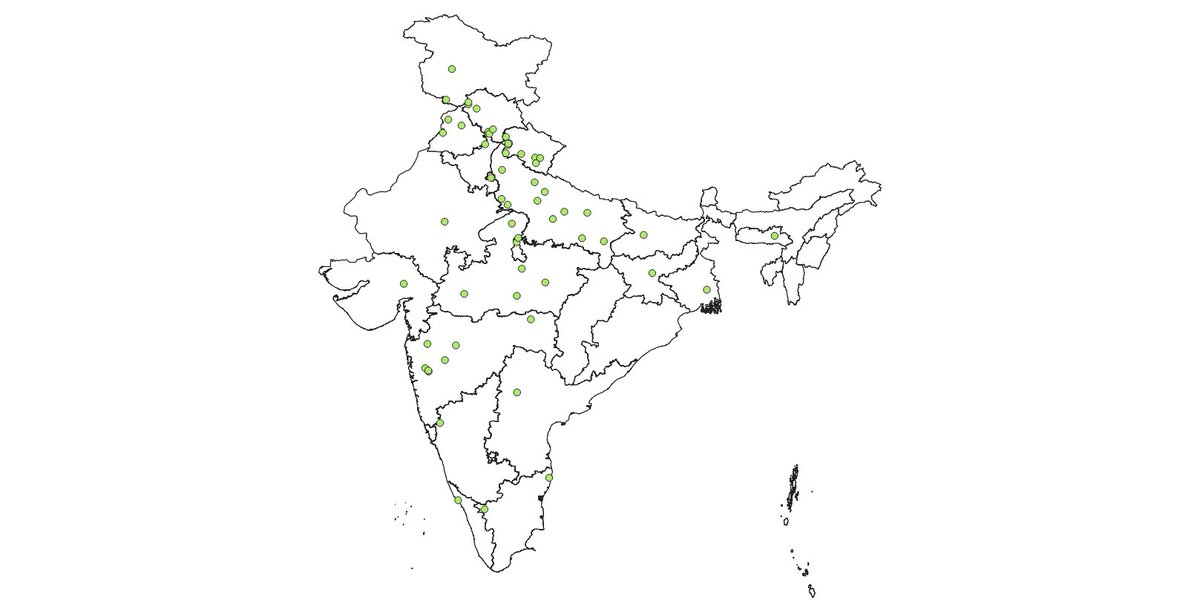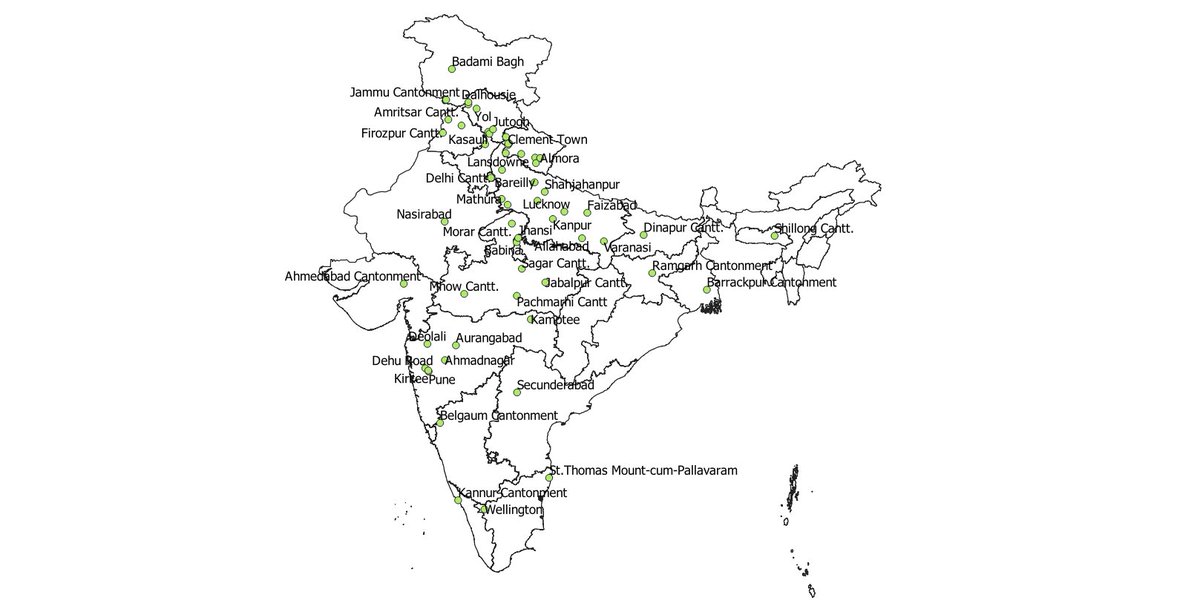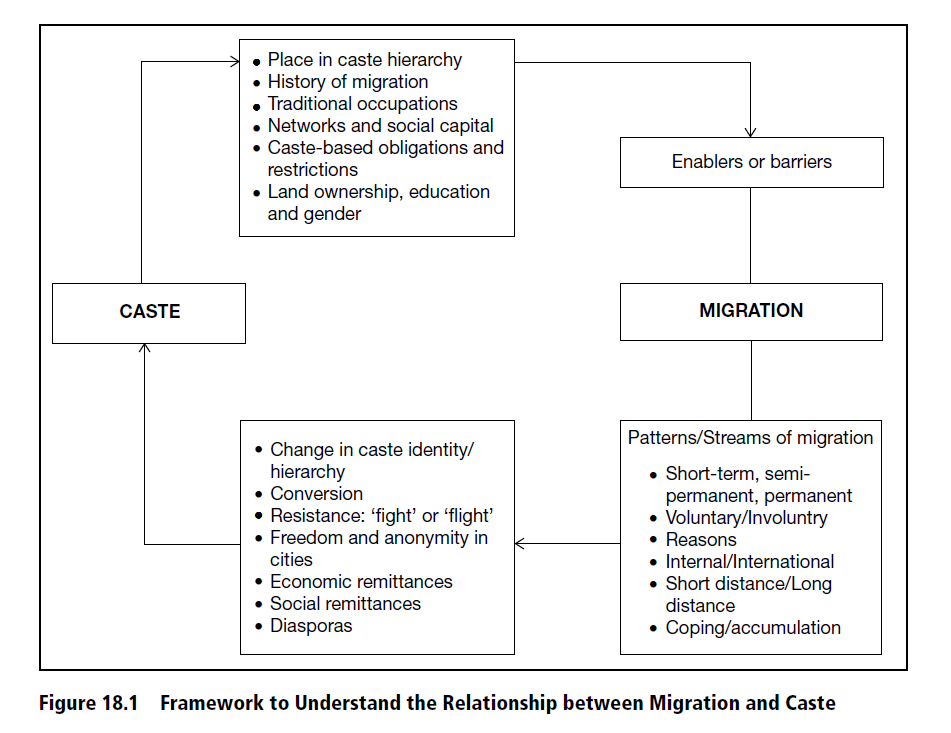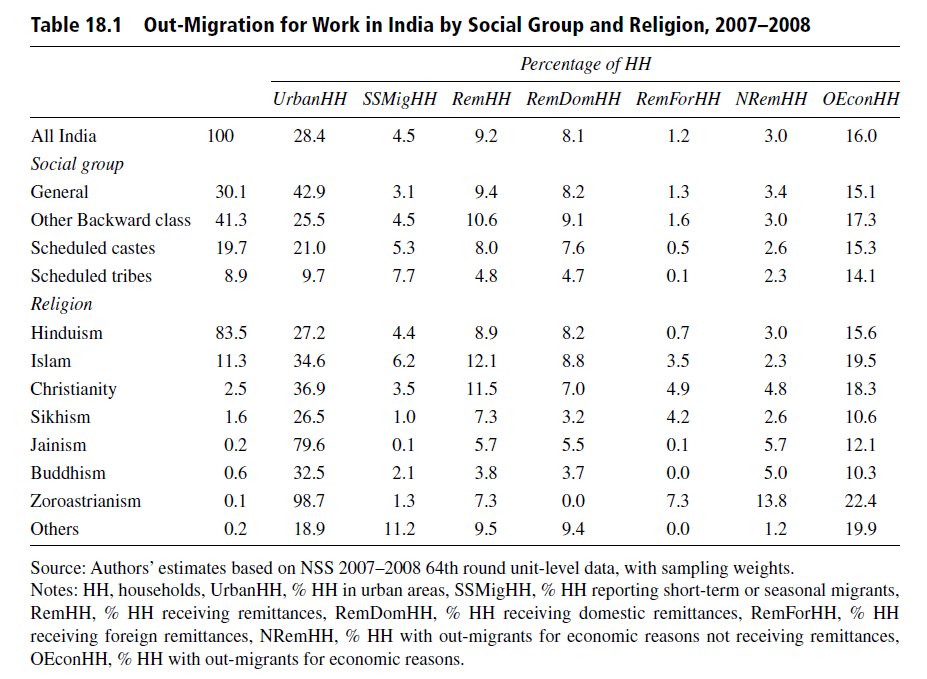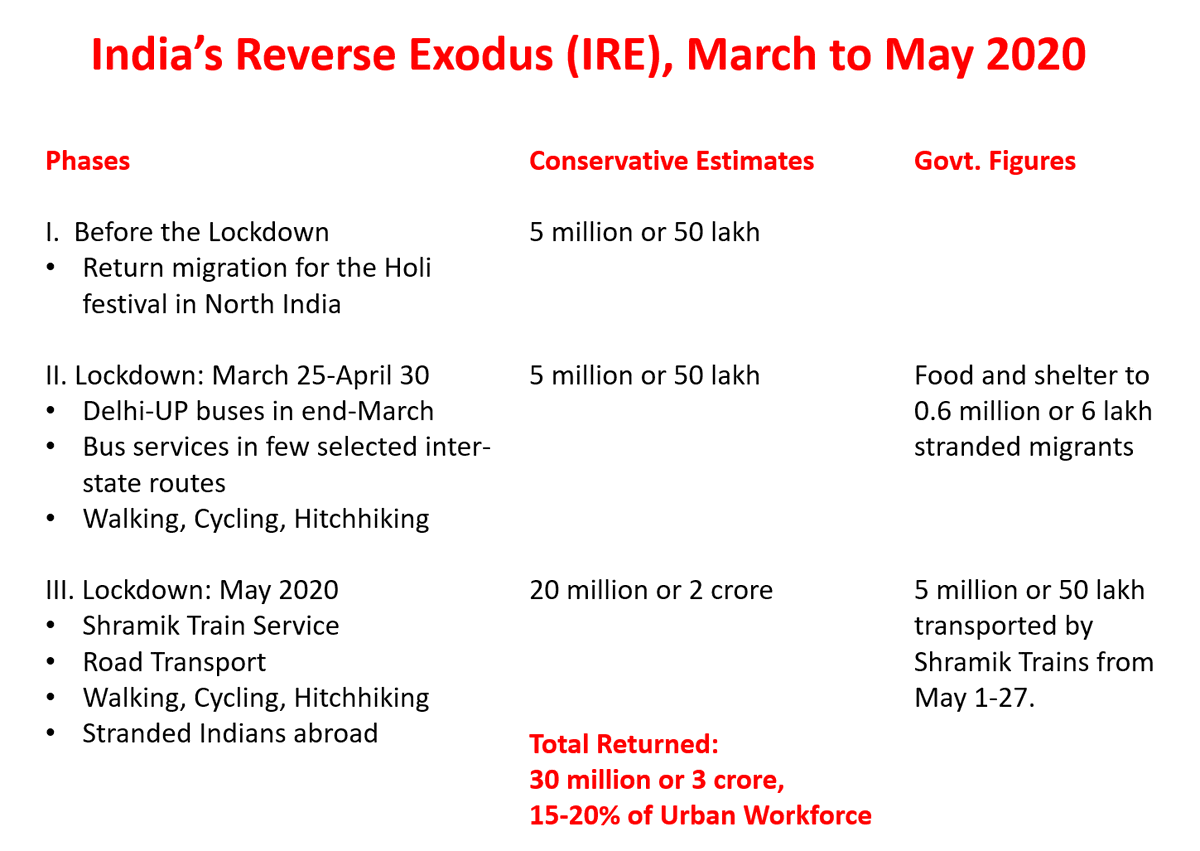
Prompted by @CafeEconomics, a short thread on company towns in India like Tatanagar (Jamshedpur), Kirloskarwadi, Modinagar (all three pre-1947) and the ones that followed them. (1/n)
https://twitter.com/CafeEconomics/status/1380532752131317761
Urban governance structures in India are of various types, as shown in this table. Jamshedpur is today a Notified Area Committee (NAC). There were 36 Industrial Notified Areas/Townships in 2011. They have municipal functions, and can often raise taxes. 
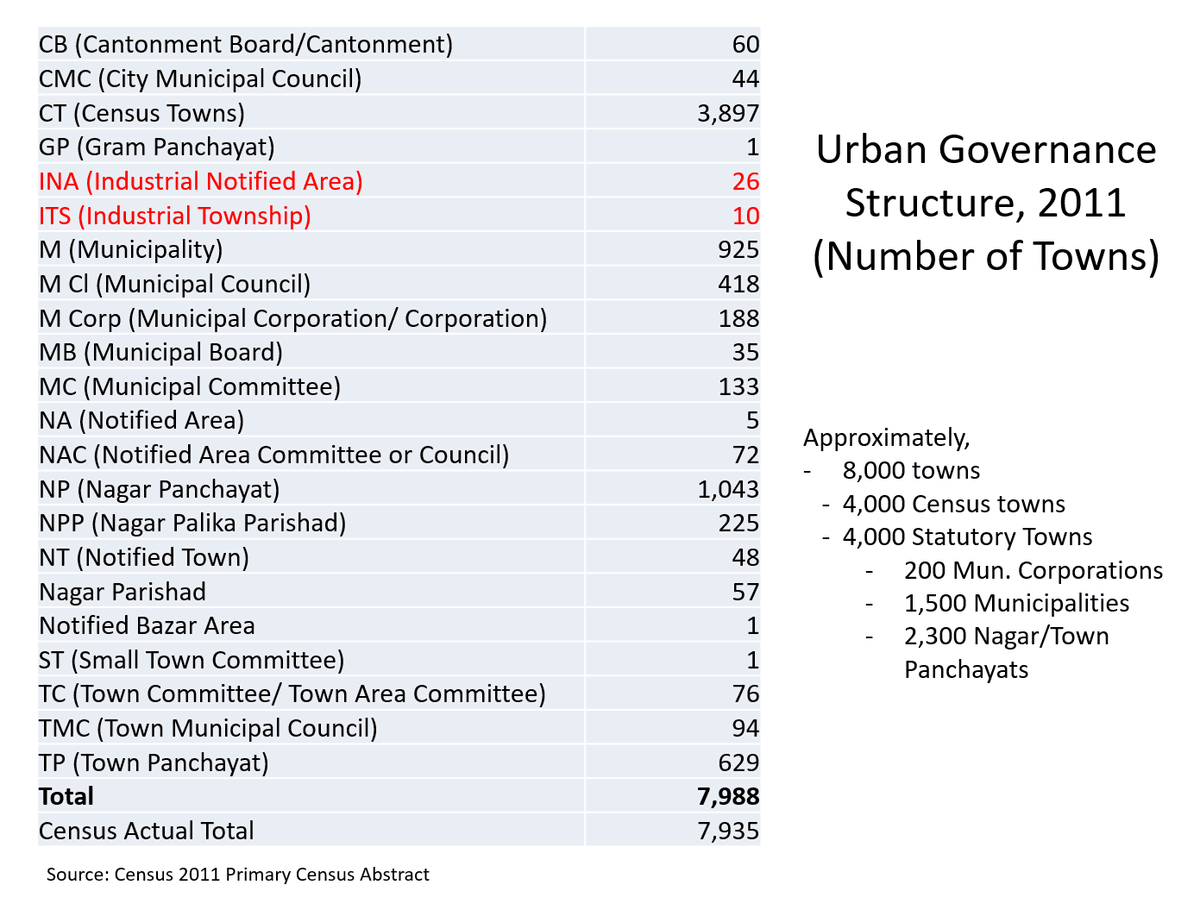
This map shows the 20+ Industrial townships (INA/ITS) that existed in 2001. Almost all are in Gujarat. The median population was only a few thousand people. In 2011, Raurkela was the biggest with a population of more than 100K, followed by BHEL Ranipur at 25K. 
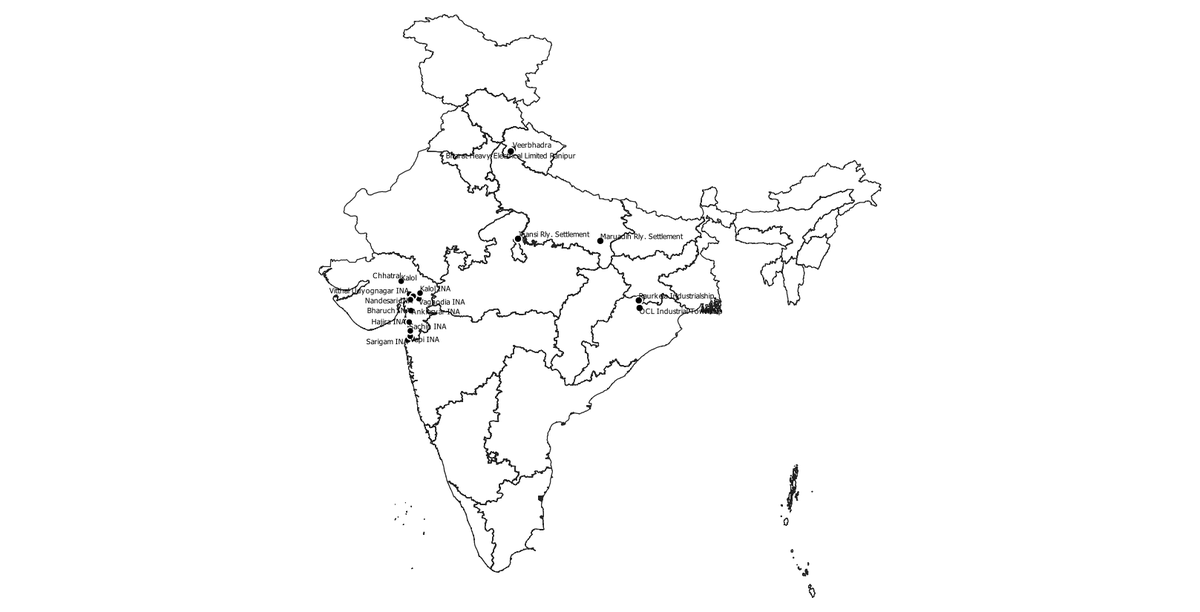
The full list for 2011 is in this table. Notice the Reliance Complex in Jamnagar, the Nabadiganta one in West Bengal for hi-tech firms. 
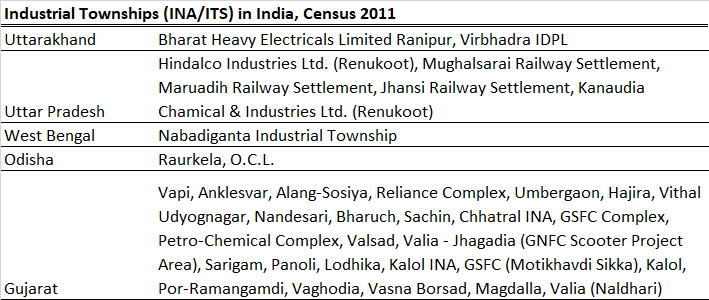
Of the original 3: Jamshedpur NAC in 2011 had 600K+ people but its larger urban agglomeration has crossed 1M+. Modinagar in UP (estd. 1933) is now a Nagar Palika Parishad with a population of 100K+. Kirloskarwadi, near Pune, was not conferred a special governance status.
Shahabad ACC in Karnataka is a NAC. Some "Census Towns" have interesting names: Digboi Oil Town and Duliajan Oil Town in Assam, Hindustan Cables Town in West Bengal, BHEL township in Telangana.
Individual studies on some of the larger towns have noted good provision of services within them, but equally an under-serviced periphery. And a reluctance of company-town insiders to move to democratic urban governance that would encompass the periphery:
journals.sagepub.com/doi/full/10.11…
journals.sagepub.com/doi/full/10.11…
Barring Jamshedpur and Raurkela, most are very small and have not achieved scale or absorbed many migrants. Of course, if you think of Bombay, Calcutta, Madras as East India Company towns, they did grow very big. Ahmedabad was also once governed by its merchants, the Nagarsheths.
• • •
Missing some Tweet in this thread? You can try to
force a refresh

